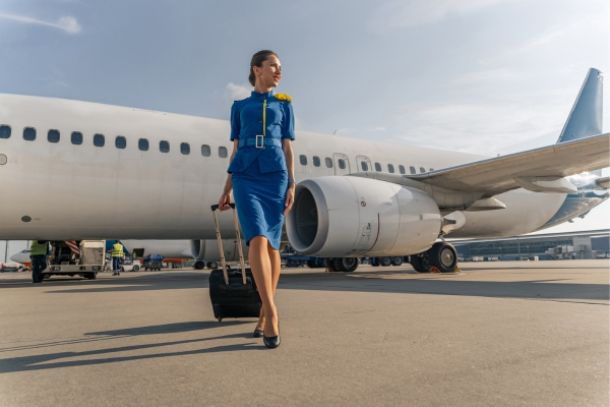Choosing Alternative Airports to Save on Airfare
Choosing Alternative Airports to Save on Airfare
Flying into or out of alternative airports can often result in cheaper fares, fewer crowds, and more travel flexibility. Many major cities have secondary airports nearby, served by budget airlines and offering lower fares. Here’s how to use alternative airports to your advantage and save on airfare.
1. Compare Nearby Airports for Cheaper Fares
Flight search engines like Google Flights and Skyscanner allow you to include nearby airports in your search. By comparing fares from primary and secondary airports, you can often find significant savings.
- Example: If you’re flying to Los Angeles, compare fares to LAX, Burbank (BUR), Long Beach (LGB), and Ontario (ONT) to see which airport offers the best deal.
2. Consider Budget Airlines Based at Smaller Airports
Budget airlines often operate out of secondary airports to save on operating costs. Flying with these carriers can yield lower fares compared to major airlines at primary airports.
- Popular budget carriers: Airlines like Southwest, Ryanair, and easyJet are known for using secondary airports to offer more affordable fares on short-haul and regional routes.
3. Check for Convenient Public Transit Options
Smaller or alternative airports are often accessible via public transportation or shuttle services, which can make the overall journey easier and more cost-effective. Look up available transit options ahead of time to ensure convenient access to your destination.
- Example: From Chicago’s Midway Airport, you can easily reach downtown via the Orange Line, often for less than a cab ride from O’Hare.
4. Avoid Long Security Lines and Crowds
Alternative airports typically experience less foot traffic than primary hubs, resulting in shorter security lines, faster check-ins, and more relaxed waiting areas. This can make the travel experience smoother and less stressful, especially during peak travel times.
- Pro tip: If you’re looking for a hassle-free airport experience, consider choosing smaller airports like Dallas Love Field instead of DFW.
5. Use Fare Comparison Tools to Include Secondary Airports
Tools like Kayak and Momondo allow you to compare fares across multiple airports in a region. By enabling the “add nearby airports” filter, you can quickly see all available options and select the one with the best combination of cost and convenience.
- Best practice: Try setting a 50-mile radius around your destination city to ensure you see all nearby airport options.
6. Check for More Flexible Travel Times at Alternative Airports
Alternative airports sometimes offer more flights during off-peak hours, such as early morning or late at night. Flying at these times can further reduce your fare, as demand is lower.
- Example: Oakland International Airport (OAK) near San Francisco often has early-morning or red-eye flights at lower prices compared to peak hours at SFO.
7. Look for Free or Lower-Cost Parking
Secondary airports often have more affordable parking rates than major airports. This is especially helpful if you’re planning to leave your car at the airport during your trip.
- Bonus tip: Some alternative airports offer free shuttle services from remote lots, saving you additional costs on parking.
8. Sign Up for Alerts on Specific Routes from Alternative Airports
Many fare alert services, such as Hopper or Skyscanner, allow you to set notifications for specific routes. Set up alerts for alternative airports to track price trends and take advantage of discounts or flash sales.
- How to use: Set separate alerts for each airport you’re considering to get a clearer picture of fare trends across different locations.
9. Research Airport Amenities and Accessibility
While smaller airports often lack the extensive amenities of primary hubs, they typically provide essentials like dining, shopping, and free Wi-Fi. Review the airport’s website to see what’s available and make sure it meets your needs.
- Pro tip: Check if alternative airports offer amenities such as lounges or priority boarding for an even more comfortable experience.
10. Consider Alternate Airports for Multi-City Itineraries
If you’re booking a multi-city trip, flying in and out of different airports can reduce backtracking and lower costs. This approach is particularly useful for regional travel within Europe or the U.S., where budget airlines serve a variety of smaller airports.
- Example: If visiting London and Paris, consider flying into London Gatwick and out of Paris Orly to avoid additional backtracking and save on fares.
Conclusion: Smart Savings with Alternative Airports
Choosing alternative airports can make a big difference in airfare costs, travel convenience, and time savings. By comparing options, using nearby airports, and taking advantage of budget airlines, you can enjoy an affordable, stress-free travel experience.


